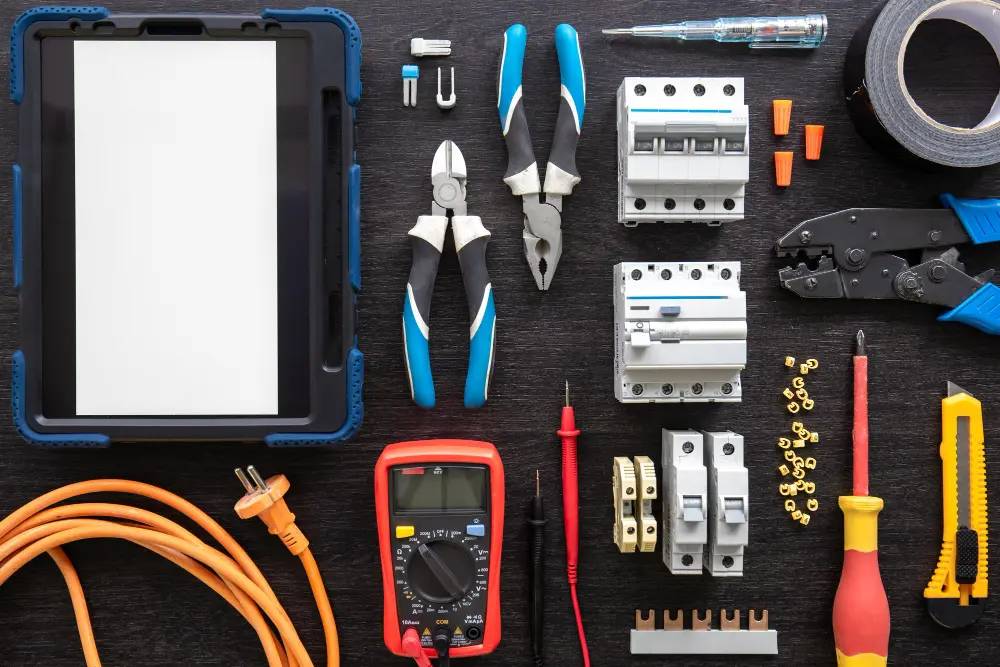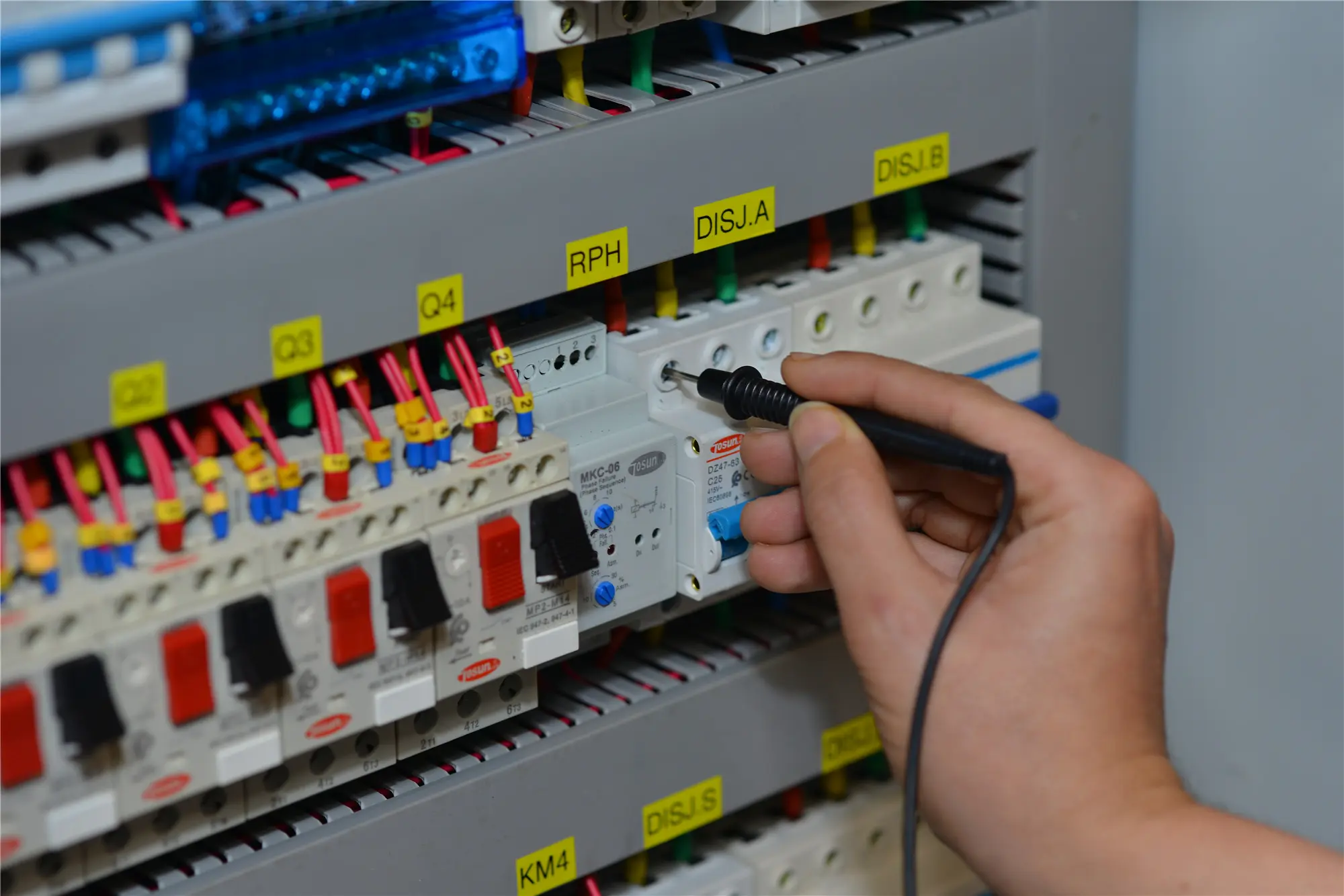The Comprehensive Guide to Waterproof Panel Board
Table of Contents
ToggleWaterproof panel boards, also known as water-resistant panel boards, are specialized electrical panels designed to withstand exposure to moisture, water, and harsh environmental conditions. These panels are equipped with features that protect the internal electrical components from water damage, making them suitable for use in outdoor and damp environments. The Comprehensive Guide to Waterproof Panel Board provides valuable insights into their features, applications, and benefits, highlighting their significance in various industries and settings.
What are the Features of a Waterproof Panel Board
Waterproof Enclosure: The primary feature of waterproof panel boards is their waterproof enclosure. The enclosure is typically made from materials that provide a high degree of protection against water and moisture ingress, such as stainless steel, aluminum, or polycarbonate.
IP Rating: Waterproof panel boards are assigned an IP (Ingress Protection) rating that indicates their level of protection against solid particles and liquids. A higher IP rating signifies a higher degree of protection.
Sealed Cable Entries: Waterproof panel boards feature sealed cable entries, which prevent water from entering the enclosure through cable openings. These entries are equipped with grommets or cable glands to ensure a secure and watertight seal.
Gasketed Doors and Windows: The access doors and windows on waterproof panel boards are equipped with gaskets or seals to maintain a watertight barrier, preventing water from seeping into the internal components.
Corrosion Resistance: The materials used in the construction of waterproof panel boards are often corrosion-resistant, ensuring long-term durability and reliability, especially in outdoor and marine environments.
Thermal Management: Some waterproof panel boards incorporate ventilation and cooling systems to manage internal temperatures, ensuring optimal performance of electrical components.
What are the Applications of Waterproof Panel Board
Outdoor Electrical Installations: Waterproof panel boards are commonly used in outdoor electrical installations, such as street lighting control panels, outdoor power distribution, and telecommunications infrastructure.
Marine and Offshore Applications: In marine and offshore environments, waterproof panel boards are crucial for electrical control and distribution on ships, boats, and offshore platforms, where exposure to saltwater and harsh conditions is common.
Water Treatment Facilities: Waterproof panel boards are utilized in water treatment facilities, wastewater treatment plants, and pumping stations to protect electrical components from exposure to moisture and water.
Swimming Pools and Spas: Waterproof panel boards are used in swimming pool and spa control systems to ensure safe and reliable electrical operation in humid and damp environments.
Agricultural Settings: Waterproof panel boards find application in agricultural settings, providing electrical control and distribution for irrigation systems and farm equipment.
Food Processing and Pharmaceuticals: In food processing and pharmaceutical industries, waterproof panel boards are used in areas where sanitation and cleanliness are critical, ensuring protection against water and moisture.
Construction Sites: Waterproof panel boards are utilized in construction sites to provide temporary electrical power distribution while offering protection against the elements.
What are the Benefits of a Waterproof Panel Board
- Enhanced Safety
- Durability and Longevity
- Reliable Performance
- Compliance with Regulations:
- Versatility
- Reduced Maintenance
Tosunlux recognizes the significance of waterproof panel boards in various industries. Their commitment to delivering high-quality and reliable waterproof panel boards ensures that customers have access to the latest and most efficient solutions in the market. Whether it’s in marine applications, water treatment facilities, or outdoor electrical installations, Tosunlux’s waterproof panel boards provide the necessary protection and performance required for critical electrical systems in challenging environments.
Tel: +86-577-88671000
E-mail: ceo@tosun.com
Skype: tosunelectric
Wechat: +86-139 6881 9286
WhatsApp: +86-139 0587 7291
Address: Room No.1001 Wenzhou Fortune Center,Station Road, Wenzhou, China
REQUEST A QUOTE
WhatsApp us
 : +86-139 0587 7291
: +86-139 0587 7291 English
English Español
Español Русский
Русский Français
Français العربية
العربية Português do Brasil
Português do Brasil Українська
Українська Türkçe
Türkçe Polski
Polski Nederlands
Nederlands Italiano
Italiano Bahasa Indonesia
Bahasa Indonesia हिन्दी
हिन्दी اردو
اردو አማርኛ
አማርኛ Հայերեն
Հայերեն ไทย
ไทย Монгол
Монгол فارسی
فارسی Shqip
Shqip Ελληνικά
Ελληνικά




